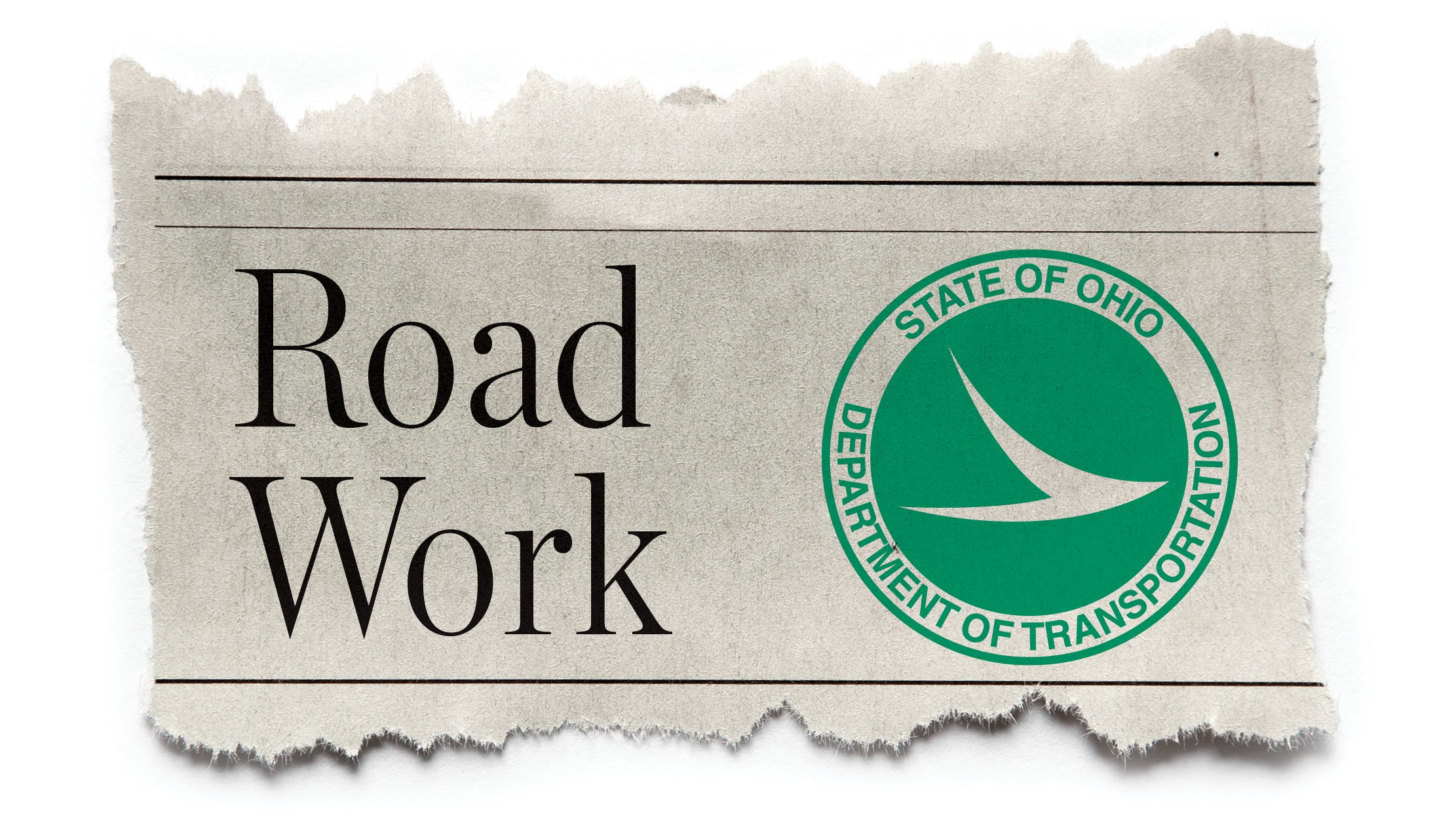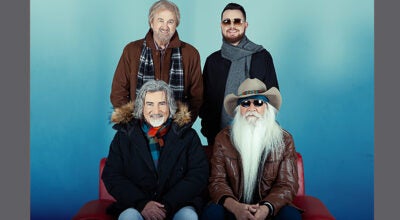Polls show conflicting results in Ohio presidential race
Published 10:09 am Thursday, May 26, 2016
Clinton ahead in latest, but Trump led in prior survey
As it has been for the last few presidential cycles, Ohio is considered a battleground state in the race for the White House and polls in the state over the last month show differing indications of who is leading.
A new CBS New/YouGov poll, released conducted from May 16-19, has former U.S. Secretary of State Hillary Clinton leading real estate tycoon and reality TV star Donald Trump, 44-39 percent. The survey found that 15 percent of voters said they did not know who they would vote for or were considering a third party option.
The poll of 992 likely voters has a margin of error of +/-3.7 percent.
While he has a tougher challenge of securing the Democratic nomination, Clinton’s rival, U.S. Sen. Bernie Sanders of Vermont, was tested against Trump, and led the Republican, 49-39 percent, with 10 percent undecided or considering a third party.
The results of Clinton leading contrasted with a Quinnipiac poll of the state’s voters, taken April 27-May 8, which had Trump leading Clinton, 43-39 percent. In a match-up with Sanders, he was behind, 43-41 percent.
The survey of 1,042 voters has a margin of error of +/- 3 percent.
Both Clinton and Trump face a difficult task selling themselves to voters. The two polls found them to have high unfavorable ratings among the state’s population.
In the CBS/YouGov survey, Clinton had a negative rating of 55 percent, with 37 percent viewing her favorably. Trump was viewed negatively by 59 percent of voters, with 32 percent holding a positive view.
In the Quinnipiac poll, Clinton’s favorable was at 34 percent, with 62 percent viewing her negatively. Trump was viewed positively by 36 percent of voters, with 57 percent of voters holding a negative view.
Sanders, however, remained in positive territory in both polls. In the CBS/YouGOV poll, 42 percent of voters viewed him favorable, while 37 percent held a negative view. In the Quinnipiac survey, he had a 45 percent positive rating, with 40 percent viewing him negatively.




